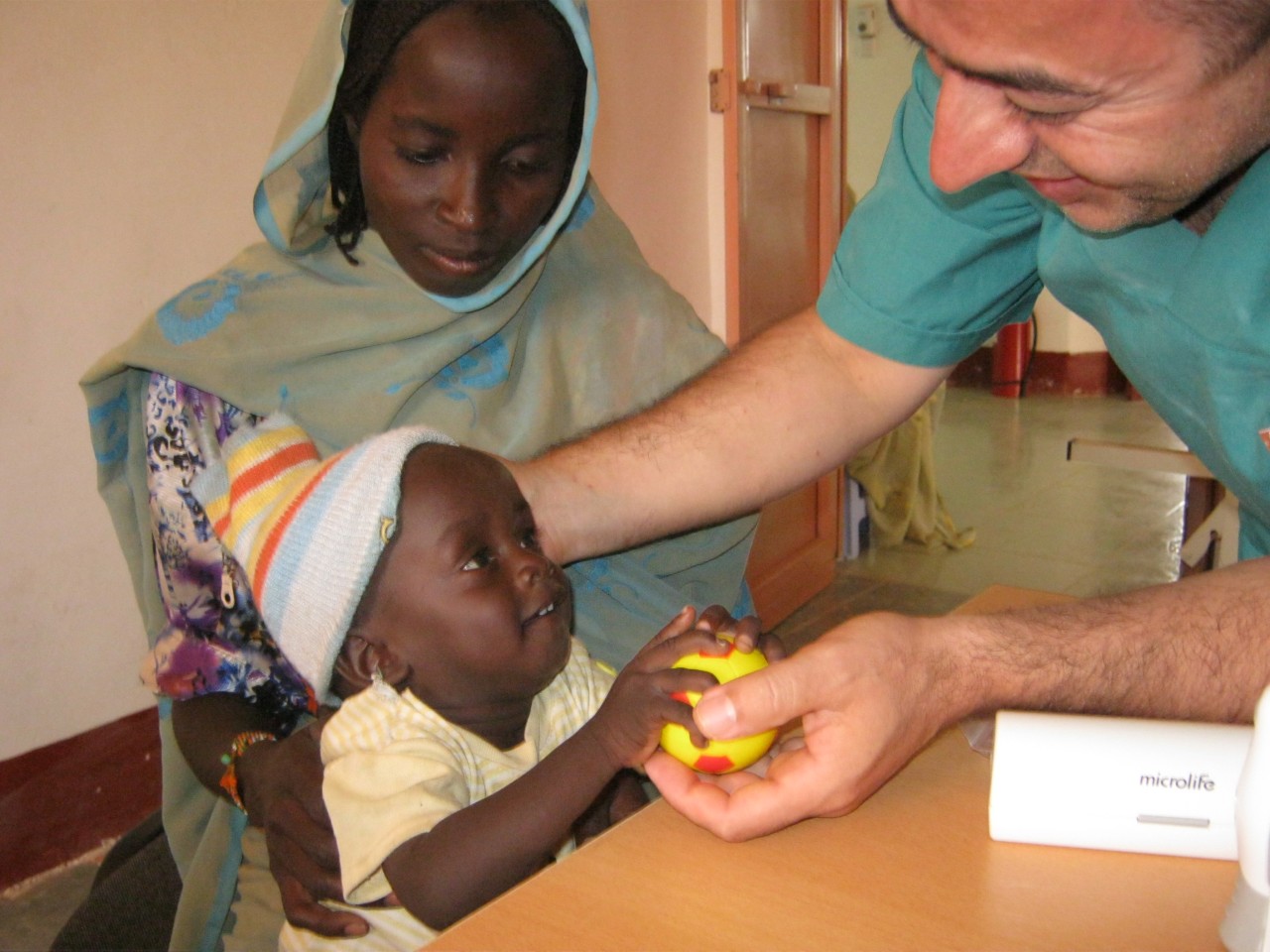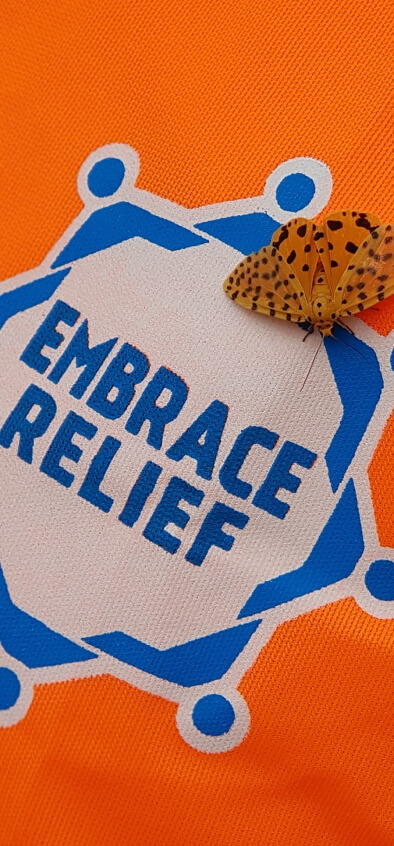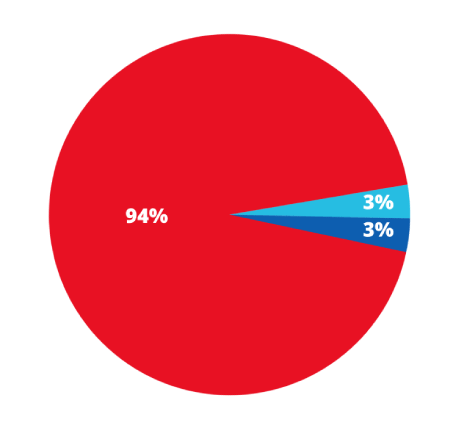August is Children’s Eye Health and Safety Month, which makes it a great time to consider all of the important ways that good eye health impacts childhood development. More than 200,000 children are blind due to cataracts, many of them in parts of Africa where healthcare is not widely available or affordable. They have challenges in taking care of themselves, learning, and developing into functional adults. Embrace Relief’s cataract surgery program can restore their eyesight and make life easier for children (and adults) for just $100 per surgery. Please, if you can, donate today!
Good eyesight is essential for children as they learn and grow. And with a new school year nearly upon us, that’s why August is National Children’s Eye Health and Safety Month. There’s no better time than now to ensure that your children have the best vision possible.
More than 500,000 American children have some level of vision difficulty. This can be a big issue in school, as it’s estimated that 80 percent of the information children learn in school is presented visually. Vision problems are linked with decreased academic performance, learning difficulties, and some behavioral issues. To avoid this, every parent should take three crucial steps to ensure their child’s eyes are healthy and their vision remains clear. First, be sure to schedule regular eye examinations. Second, help your child take eye safety precautions when playing sports or doing other activities. And third, be aware of the warning signs of eye problems.
Regular eye examinations: get the expert opinion
To promote good eye health, children should start receiving regular eye exams at the age of 3. Experts recommend these exams continue annual eye check-ups until at least the age of 6. If a child’s eyesight is good and there are no signs of poor vision (see below), exams can be scheduled for every two years instead until adulthood.
Regular check-ups make it more likely that a pediatric optometrist will detect any vision issues early. Early detection is our best weapon against any ailment, but particularly when we’re young and our eyes are constantly developing and maturing.
Eye safety: Be smart, see clearly
While some eye problems can be genetic, it is far more common that a child will partially or totally lose their vision due to an injury they suffer while playing sports or doing other activities. An estimated 40,000 such eye-related injuries occur every year in the United States, with most of them affecting children.
Wearing protective goggles and glasses will keep your child’s eyes safe when they play a contact sport like football, soccer, basketball, hockey or lacrosse.
Additionally, many eye injuries are caused by younger children playing with sharp, pointy toys. Parents should make sure their children are playing with age-appropriate, safe toys.
Warning signs: Know what to look for
Even for adults, it can be difficult to self-diagnose a vision issue. Your child may complain of blurred, cloudy or double vision, which is straightforward enough. But in other cases, it may not be as obvious to your child that they’re having trouble seeing. So you may simply have to keep a watchful eye on their behavior, which can tell you more information.
Red-flag behaviors that your child might have vision problems include the following:
- Constant squinting when reading or watching TV
- Tilting their head forward or backward while looking at distant objects
- Holding books too close to their eyes or sitting too close to the TV
- Discomfort when looking at a computer, phone, tablet or gaming screen
- Closing one eye while reading or focusing
- Frequent eye-rubbing while reading or focusing
- Eyes tearing up for no clear reason
- Wandering eyes
- Sensitivity to light with headache or nausea
If your child exhibits these behaviors, ask an eye doctor to examine them so you can get an early start on diagnosing whatever the underlying issue might be.
Eye health is important for all
Good vision and good eye health habits are fundamental to childhood development. As a parent, you can make a huge impact on your child’s future by following these recommendations. But also spare a thought for many thousands of children worldwide who don’t have access to the kind of healthcare support we have here in America.
Embrace Relief’s Cure Cataracts program provides health examinations and eye checkups for free to people in the West African country of Mali who otherwise could not afford it. This service has restored the eyesight of more than 4,200 people, giving them their lives back and making their world a better place. For just $100, you can provide someone in need with a life-changing surgery. So please, donate today!





















